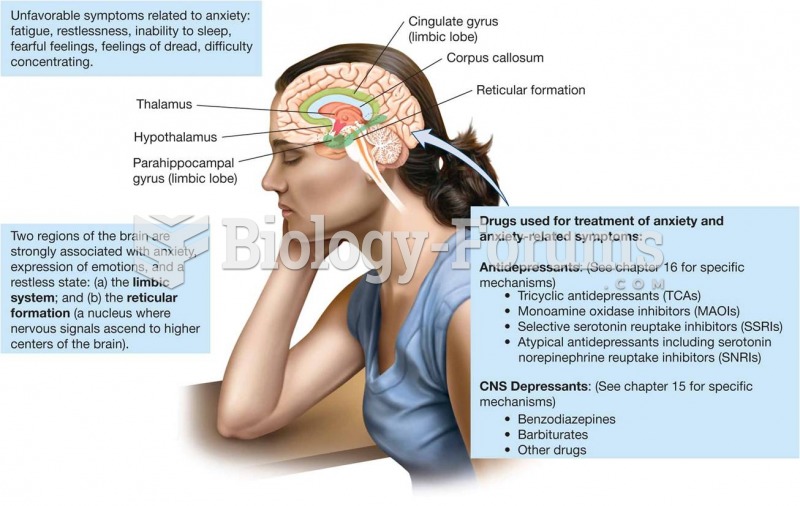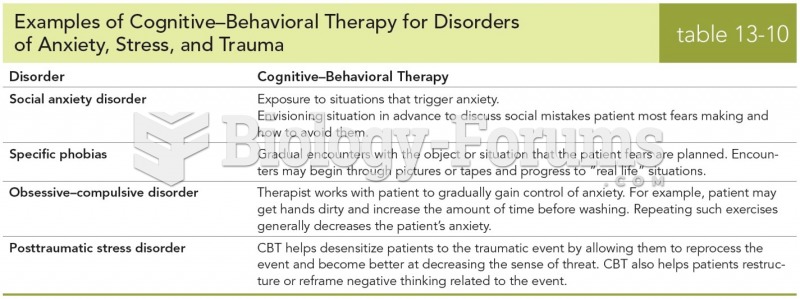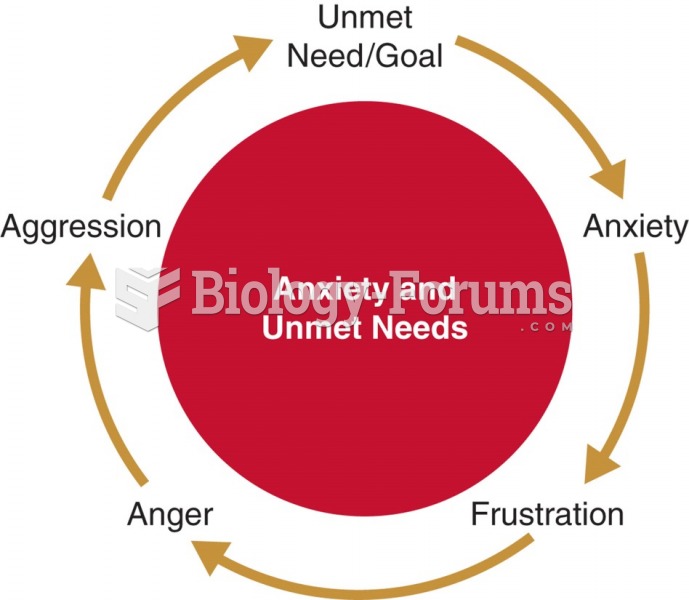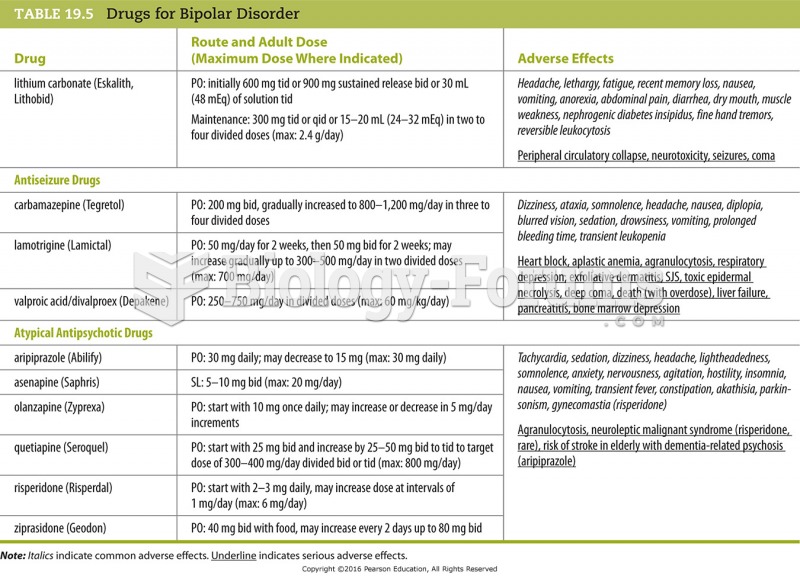Answer to Question 1
Clinical reports indicate that reassurance and education seems to be effective in some casessurprisingly because, by definition, patients with hypochondriasis are not supposed to benefit from reassurance about their health. However, reassurance is usually given only briefly by family doctors who have little time to provide the ongoing support and reassurance that might be necessary. Mental health professionals may well be able to offer reassurance in a more effective and sensitive manner, devote sufficient time to all concerns the patient may have, and attend to the meaning of the symptoms.
Evaluations of more robust treatments have now appeared. CBT focused on identifying and challenging illness-related misinterpretations of physical sensations and on showing patients how to create symptoms by focusing attention on certain body areas. Bringing on their own symptoms persuaded many patients that such events were under their control. Patients were also coached to seek less reassurance regarding their concerns. CBT was more effective after treatment and at each follow-up point for both symptoms of hypochondriasis and overall changes in functioning and quality of life. But results were still modest, and many eligible patients refused to enter treatment because they were convinced their problems were medical rather than psychological.
A few recent reports suggest that drugs may help some people with hypochondriasis. Not surprisingly, these same types of drugs (antidepressants) are useful for anxiety and depression. In one study, CBT and the drug paroxetine (Paxil), a serotonin-specific reuptake inhibitor (SSRI), were both effective, but only CBT was significantly different from a placebo condition.
Answer to Question 2
During an episode of depersonalization, your perception alters so that you temporarily lose the sense of your own reality, as if you were in a dream and you were watching yourself. During an episode of derealization, your sense of the reality of the external world is lost. Things may seem to change shape or size; people may seem dead or mechanical. These sensations of unreality are characteristic of the dissociative disorders because, in a sense, they are a psychological mechanism whereby one dissociates from reality. Depersonalization is often part of a serious set of conditions in which reality, experience, and even identity seem to disintegrate.







